


















This was water is an interactive sculpture, sound, and video installation. The sculptures are modeled after the gypsum crystals, or “dirty diamonds”, that emerge through the salty crust at the Great Salt Lake. The lake is drying up at unsustainable rates due to water consumption and climate change. As the water’s edge recedes, the clay lakebed is exposed. The crystals form in the land that misses water. The crystals form so rapidly (in geologic time) that they capture the surrounding clay and tar which muddies the transparent crystals–hence the name “dirty diamonds.”
Recent studies by Dr. Bonnie Baxter and student Paulina Martinez-Koury suggest that the crystals are teeming with microbial life. Metaphorically, Bornhoft and Campbell imagine the crystals as vestiges of the drying lake. These beautiful artifacts foretell dire consequences. Toxic metals such as arsenic and mercury also rest in the lakebed. As the lake continues to lose water, we risk the toxins becoming airborne and poisoning all living beings in proximity to the lake.
Each of the sculpture rock mounds is fitted with lidar sensors, lights, and speakers that respond to a person’s presence. Lights inside the sculptures also flicker as someone approaches. The interactive elements evoke the lively matter that animates these geological phenomena. This multimedia installation invites reflection upon our relationship with this fascinating and fragile inland sea.
Visit thiswaswater.com to hear Carey Campbell’s soundscape at the plaza and learn more about dirty diamonds.
The Performance
Video:
This Was Water 2024 live-performed audio along with video 1 hour








Documentation of live performances
The Making of:
In-progress photos from fabrication of sculptures:


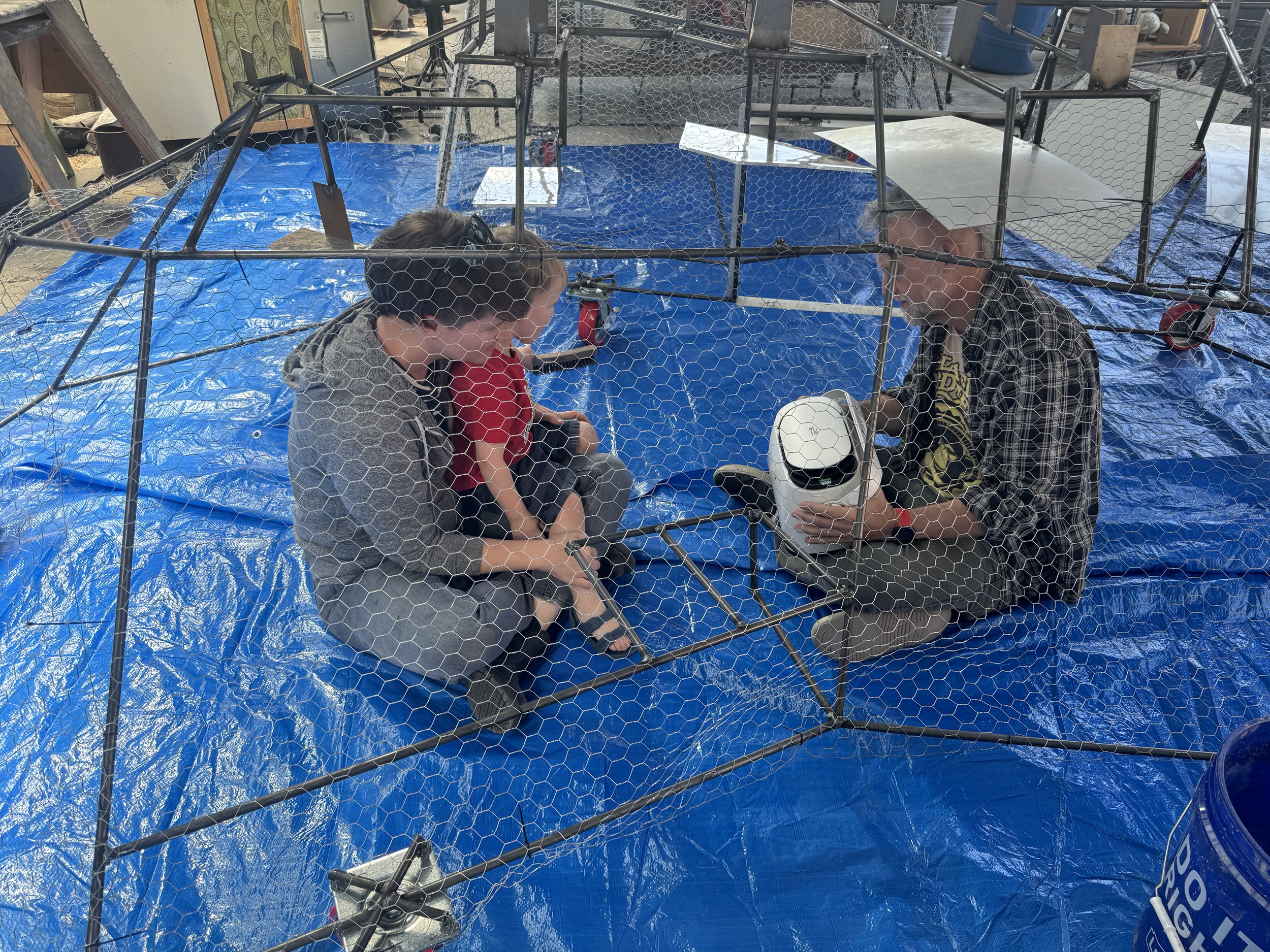
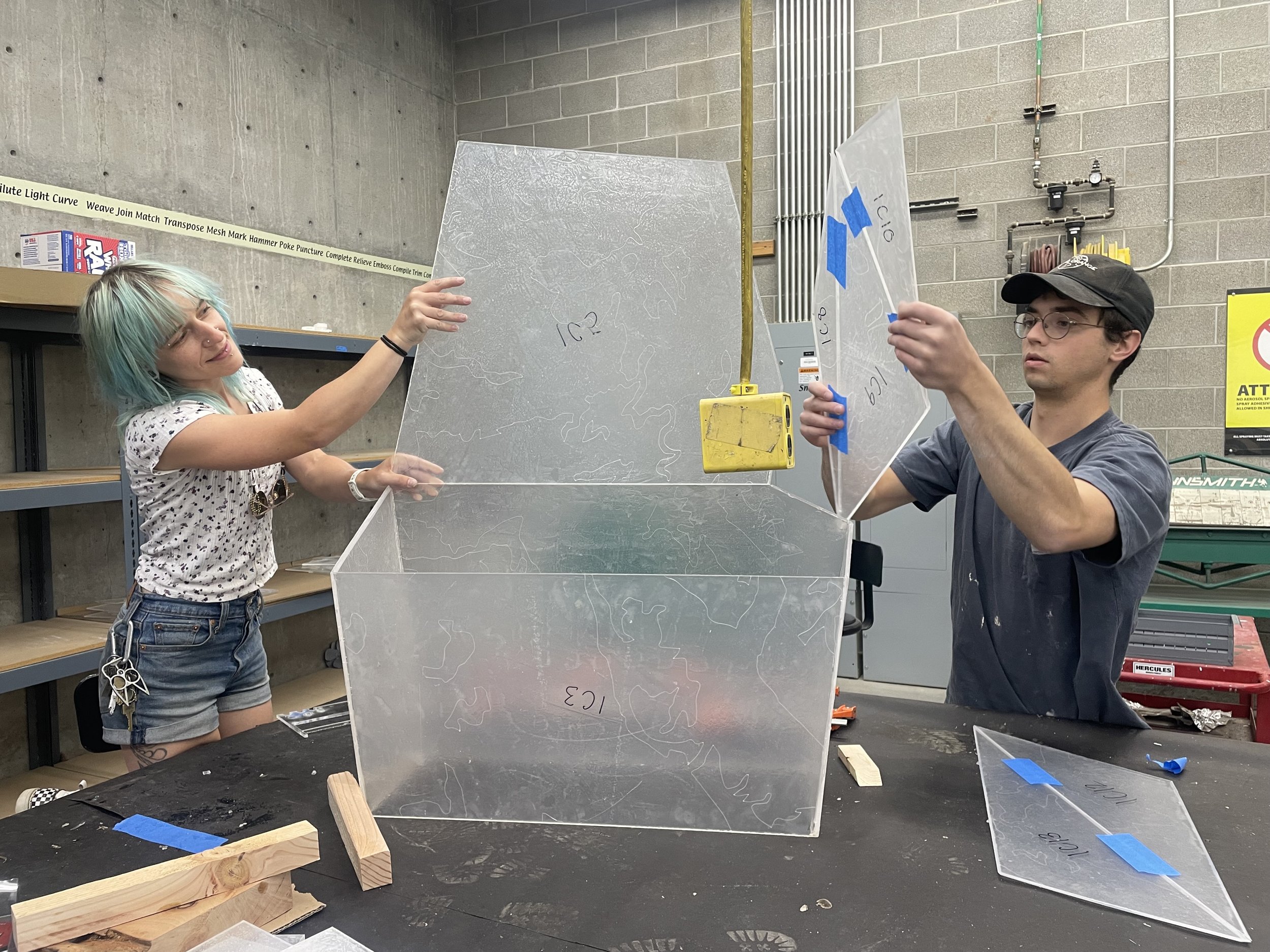

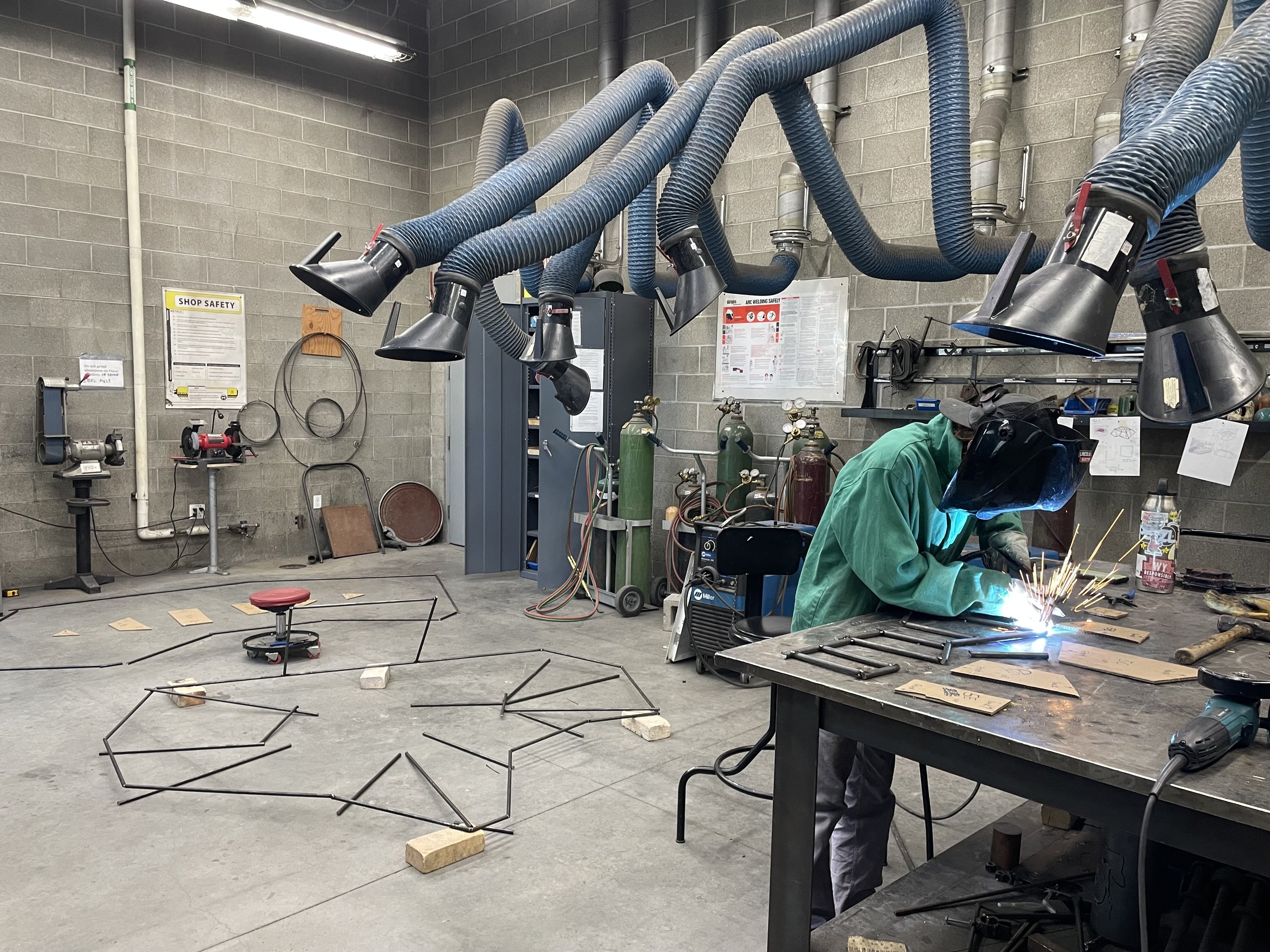

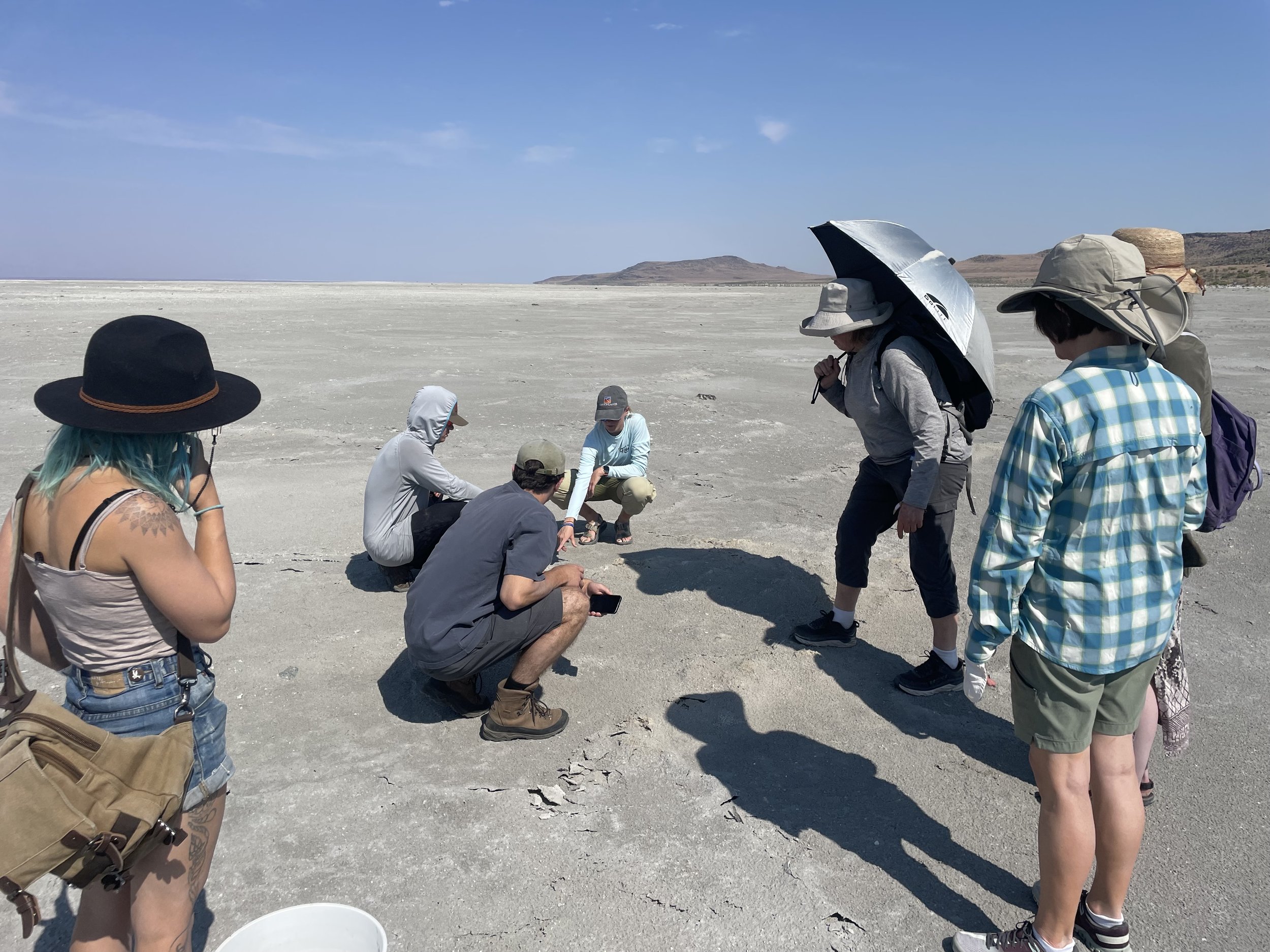
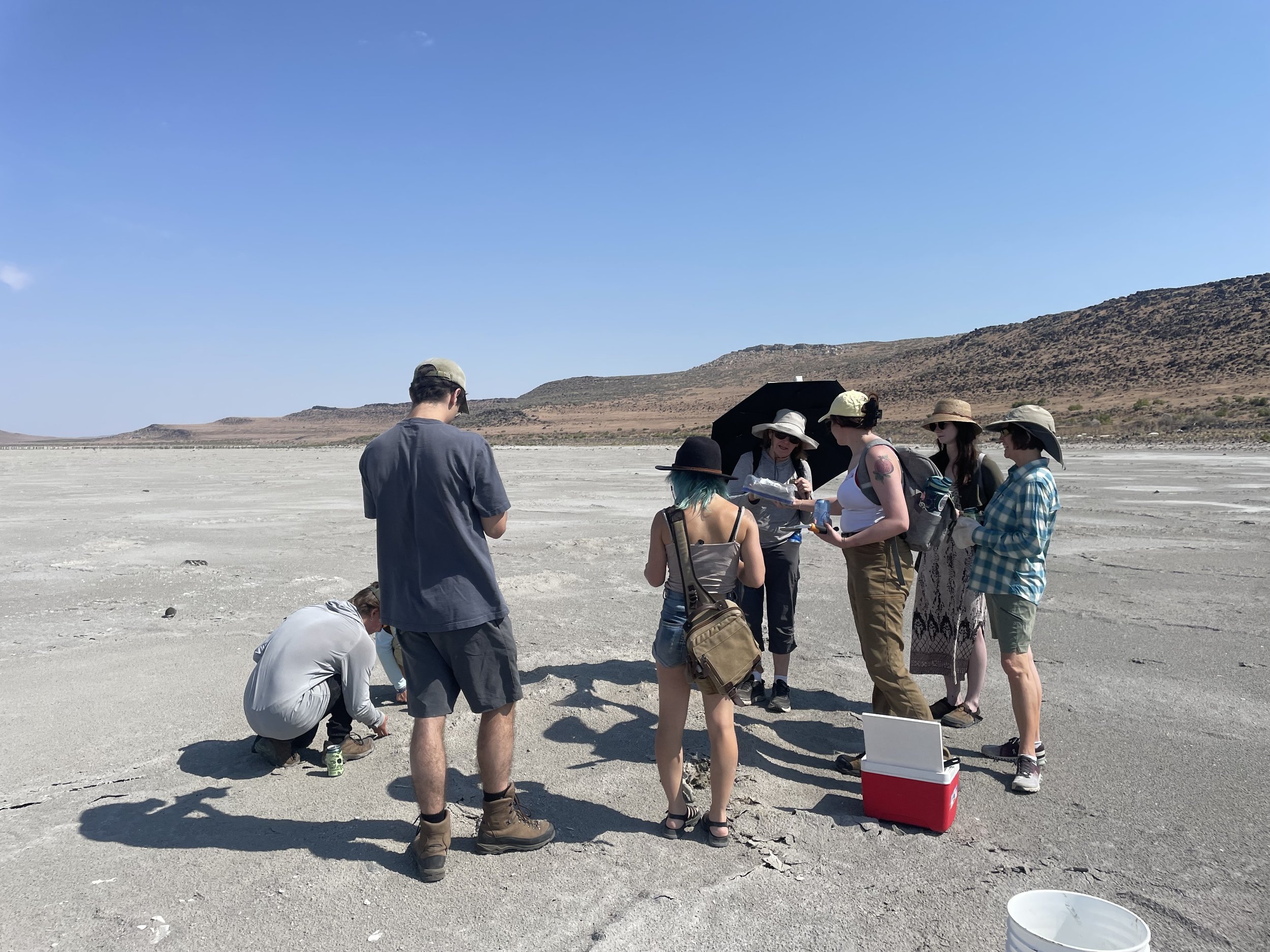
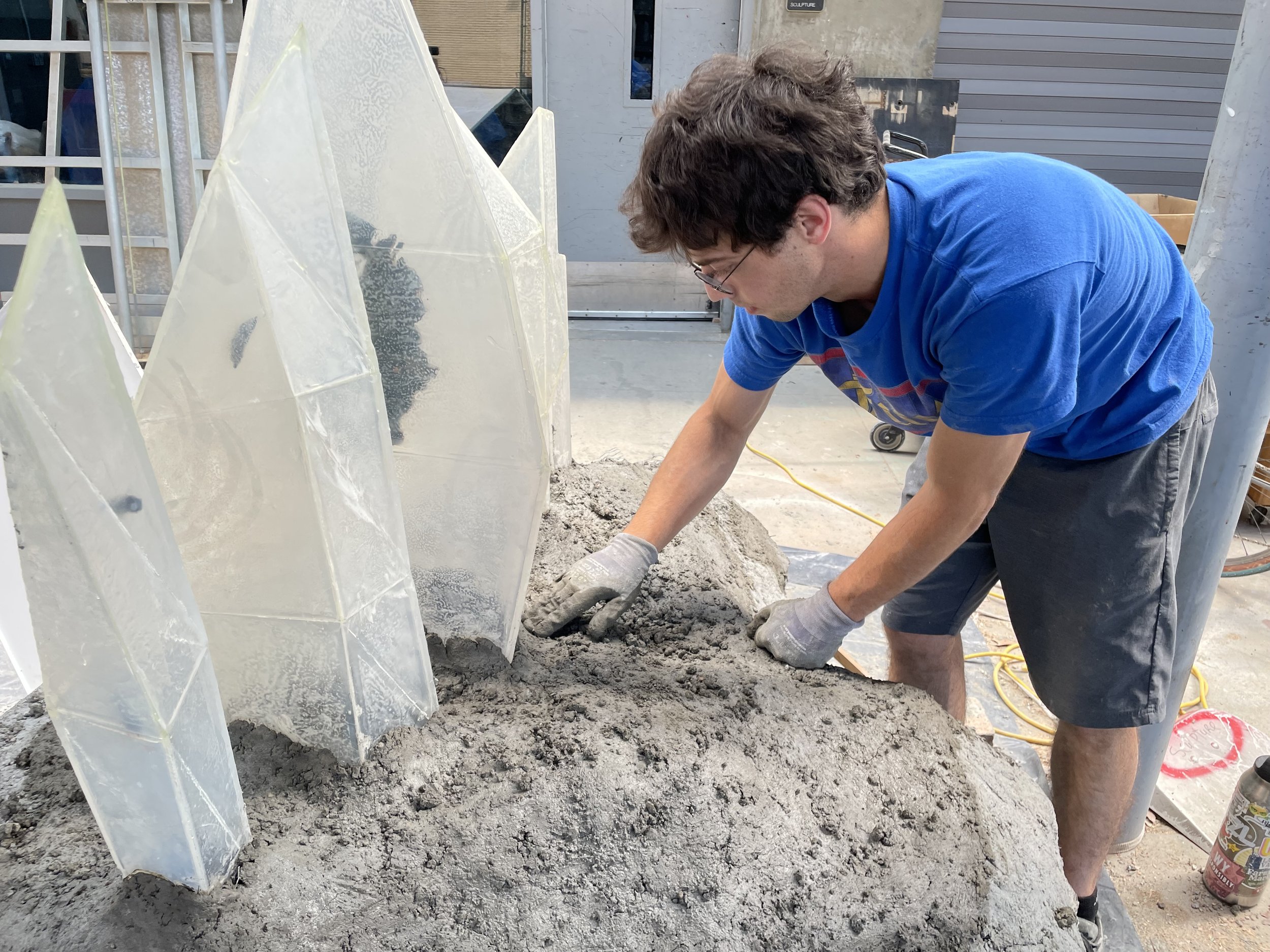
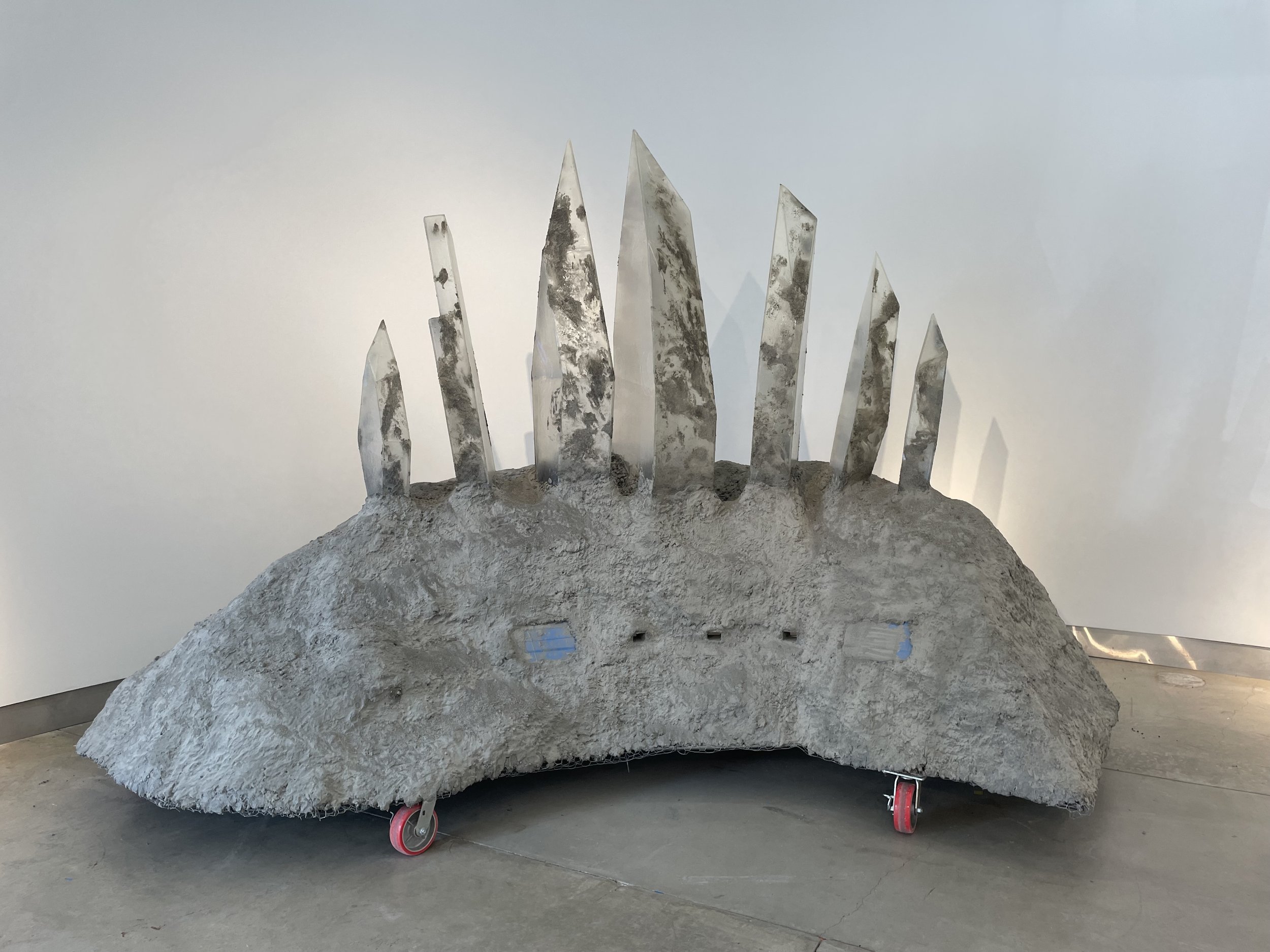
With the generous support of the Shaw Gallery and Matthew S. Browning Center, we hired paid interns to assist in fabricating the sculptures. Each student took on specific leadership roles on the This Was Water project, allowing them to expand their skills and grow their professional experience. Max Richmond, a Geography major, modeled and mapped hundreds of facades for the crystals and directed their assembly. August Roth, a BFA Studio Art major, welded the internal structure of the piece. Xanthe Harris, also a BFA Studio Art major, led the research and development of materials and surfacing. While much of the internships involved the labor of fabrication, we took the opportunity to join Great Salt Lake Institute researchers on a site visit to the Lake led by Dr. Bonnie Baxter. We learned firsthand about the unique conditions of the ecosystem that produce these crystals.